SPER series supervision relays are used for monitoring important control circuits such as circuit breaker and disconnector control circuits, signalling circuits, etc., in power installations. One contact circuit is monitored by one relay. If several branches of a circuit are to be monitored, the required number of relays can be connected to the same control circuit.
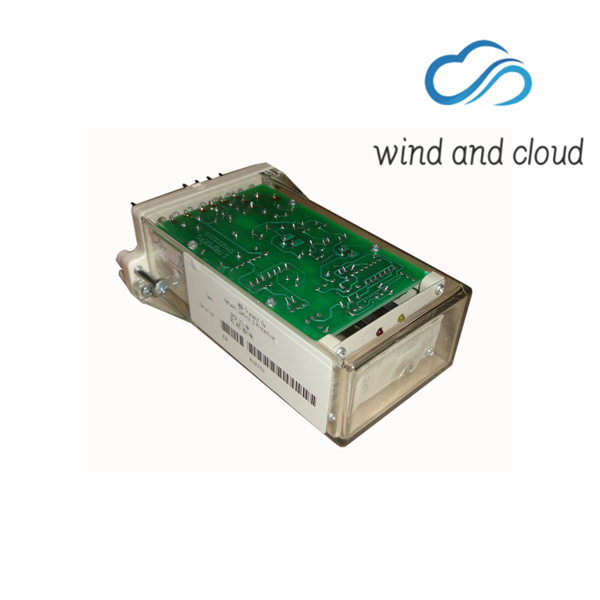
The supervision relay detects interruptions, too high resistances caused by galvanically bad connections, increased transfer resistance in the contacts, welding of the control contact, disappearing control voltage and voltage failures in the relay itself. The relay is available in three versions: two COMBIFLEX versions with different supply voltage ranges, to be mounted in a rack, and one version provided with a base to be mounted on a rail or on a plane surface.
The circuit to be monitored and the constant current generator, the measuring circuit and the change-over contacts of the output relay are galvanically isolated from each other, isolation level 2 kV, 50 Hz, 1 min.
The constant current generator (I) of the driver circuit feeds a small Ic current of some 1.5-5 mA, depending on the relay type used, through the circuit to be monitored. The contact inputs 5-7 of SPER 1B1 C4 or 11-21 of SPER 1C1 or SPER 1C2 are connected over the NO control contact (f) and so the measuring current flows between the poles of the control voltage (see Figs 1, 2 and 3). To avoid spurious CB tripping, for instance, in the event of a short circuit in the control circuit, the constant current generator circuit of SPER relays contain an internal current limiting series resistor.
With the voltage supply described above the supervision relay operates instantaneously and the red LED indicator “FAULT” remains dark. An undelayed alarm signal is obtained via the output relay, also at normal control contact operation.

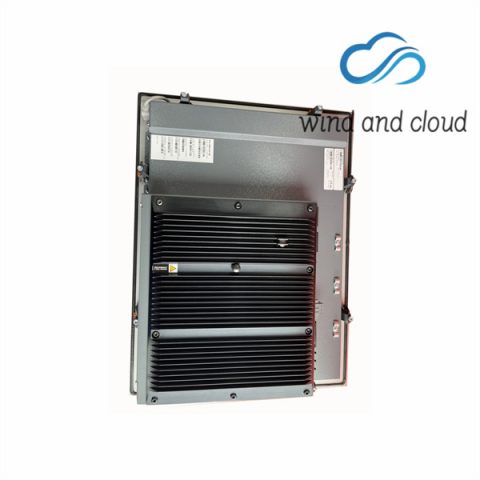
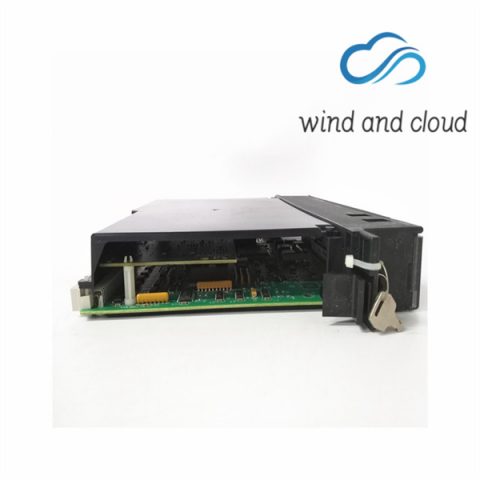

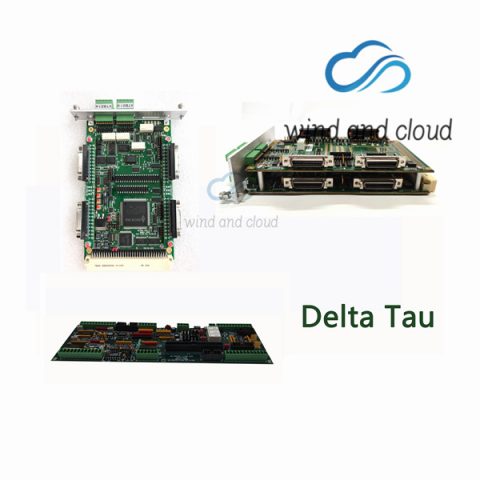
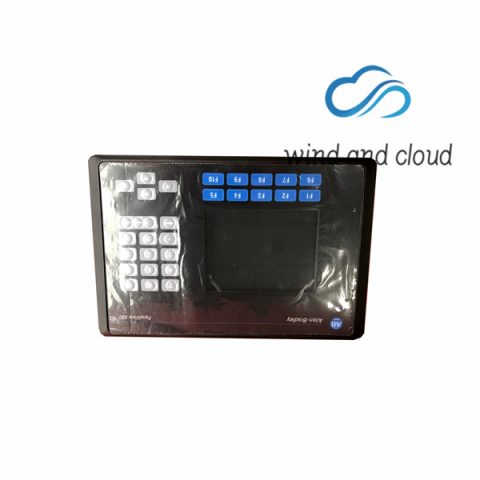
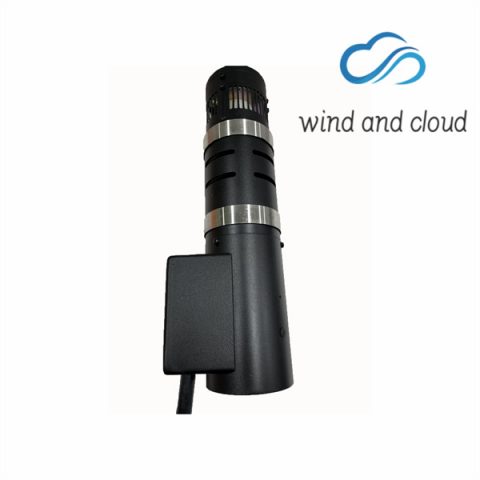
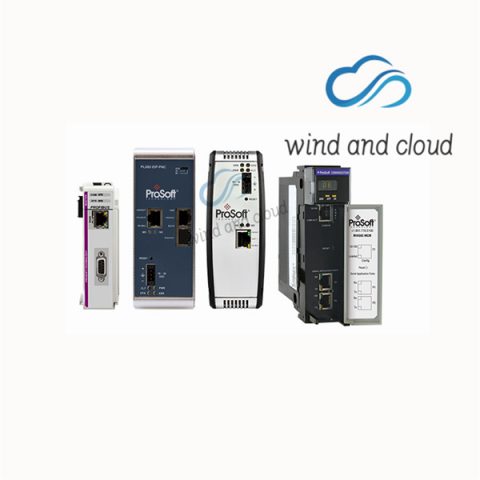
There are no reviews yet.